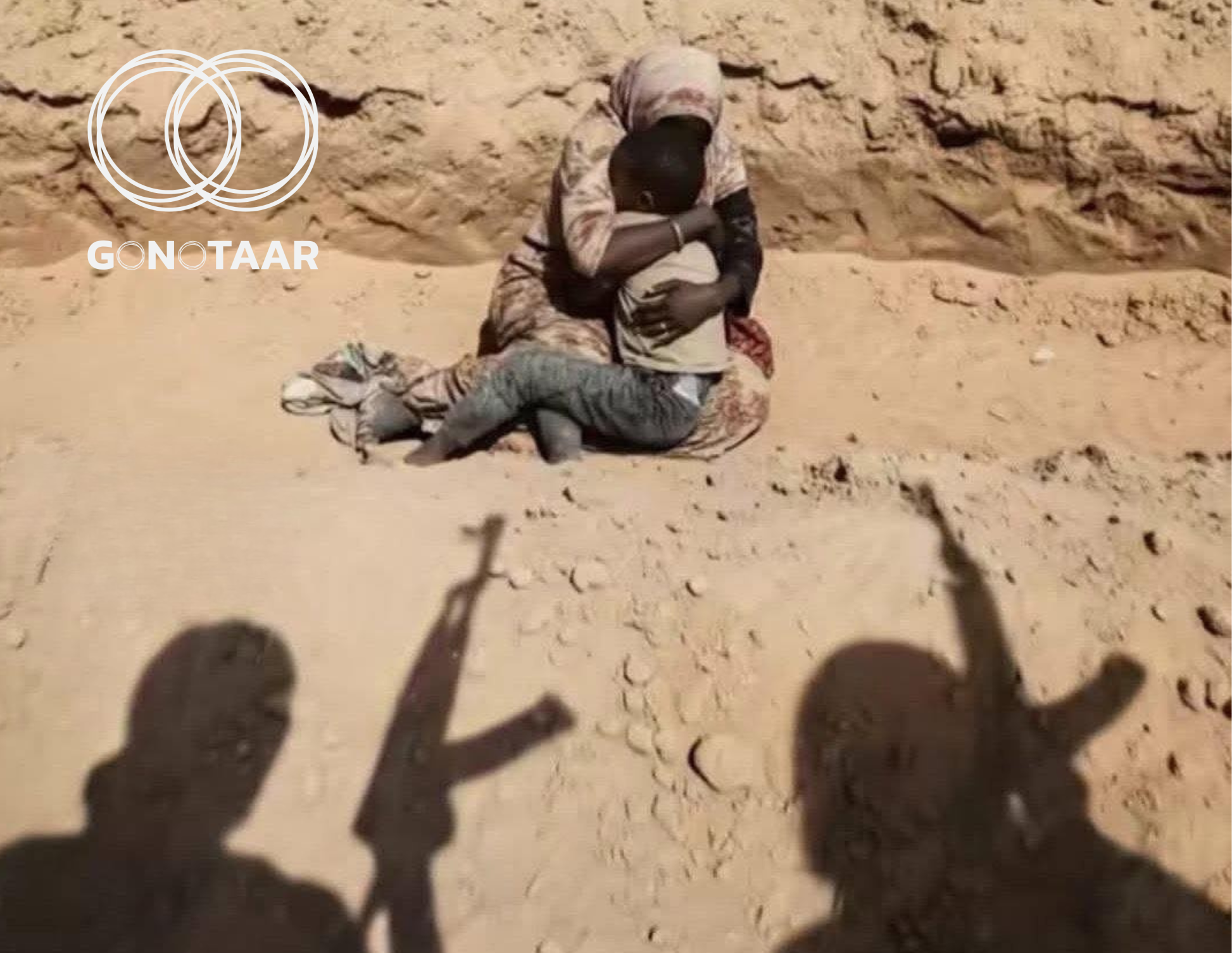The civil war in Sudan has entered a devastating new phase following the fall of El Fasher, the last major stronghold of the Sudanese Armed Forces (SAF) in the Darfur region, to the rival Rapid Support Forces (RSF) paramilitary group. The strategic victory for the RSF consolidates its control over all five Darfur state capitals, raising serious concerns over the effective partition of Sudan and accelerating a humanitarian crisis already deemed the world’s largest.

Military Turning Point in Darfur
After an 18-month siege, the RSF captured the SAF’s 6th Infantry Division headquarters in El Fasher on October 26, 2025. SAF leader General Abdel Fattah al-Burhan confirmed the withdrawal, stating the move was to “spare the citizens and the rest of the city from destruction.”
The immediate consequence is that the RSF, which emerged from the Janjaweed militias responsible for atrocities in Darfur two decades ago, now dominates the vast western region of Sudan. This strategic gain strengthens the position of RSF commander Mohamed “Hemedti” Dagalo, who has already declared a rival “Government of Peace and Unity” in western Sudan. Analysts warn that the military balance has decisively shifted, and the collapse of the SAF’s presence in Darfur increases the risk of the country formally dividing into RSF-controlled and SAF-controlled zones.

Atrocities and Ethnic Cleansing Warnings
The capture of El Fasher was immediately followed by horrific reports of mass atrocities. The UN Human Rights Office has received accounts of summary executions, mass killings, and rape carried out by RSF personnel and allied militias targeting non-Arab communities, specifically the Fur, Zaghawa, and Berti ethnic groups.
Satellite imagery analyzed by the Yale Humanitarian Research Lab reportedly shows evidence consistent with mass killings in the city, with analysts warning that El Fasher appears to be undergoing a “systematic and intentional process of ethnic cleansing” through forced displacement and execution. Reports confirm that vital infrastructure, including the Saudi maternity hospital, was attacked, resulting in the deaths of hundreds of patients and companions.

World’s Largest Displacement Crisis
The violence has created a humanitarian disaster of unprecedented scale. As of late 2025, over 14 million people—approximately 30% of Sudan’s population—have been forced from their homes. This includes an estimated 11.3 million internally displaced persons and 3.5 million who have fled as refugees, primarily to Chad, South Sudan, and Egypt.
The war has also pushed the country into severe famine. Famine has been confirmed in several displacement camps, and aid agencies warn that the total conflict-related death toll is now likely to exceed 150,000 lives lost to violence. Critically, it is estimated that approximately 522,000 children have died due to severe malnutrition and disease compounded by aid blockades and destroyed health infrastructure.
The fighting, which continues to rage in parts of Khartoum and Kordofan, is fueled by reports of external actors supplying arms, notably from the UAE to the RSF, despite international sanctions and calls for an end to military support. With peace talks stalled, the immediate need is for unimpeded humanitarian access to prevent further mass starvation and stop the cycle of targeted violence across Darfur.




